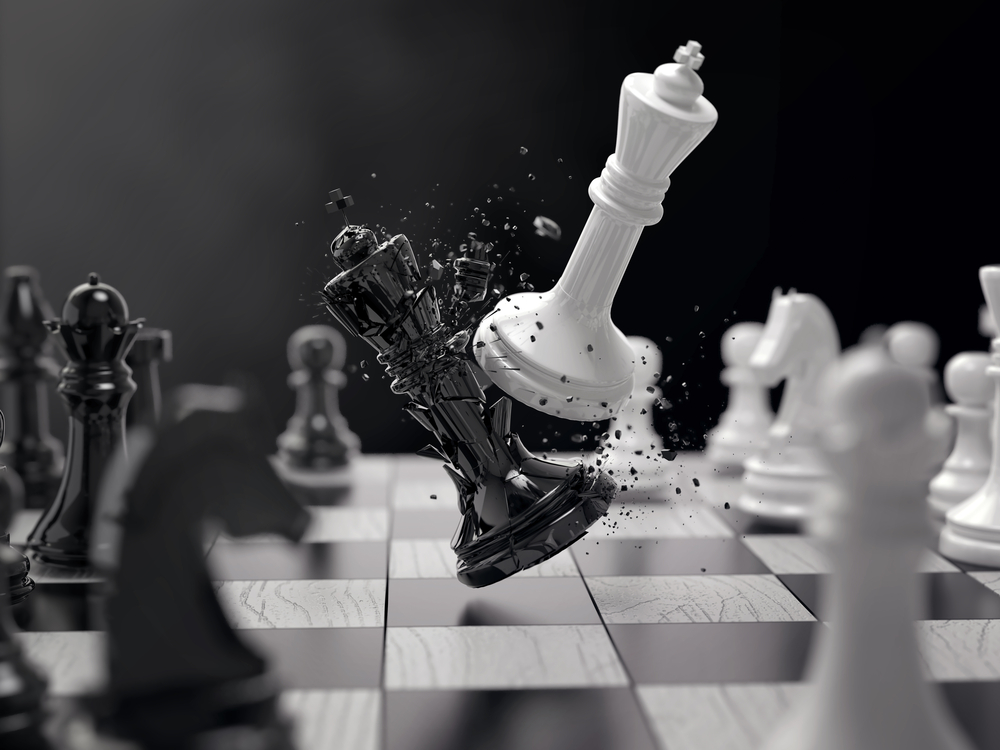 The precarious relationship between man and machine has always preoccupied the technologically minded. Computer genius Alan Turing was asking “Can machines think?” as early as 1950. Few of us, though, have devoted as much time to the question—or been as famously intertwined with it—as chess legend Garry Kasparov.
The precarious relationship between man and machine has always preoccupied the technologically minded. Computer genius Alan Turing was asking “Can machines think?” as early as 1950. Few of us, though, have devoted as much time to the question—or been as famously intertwined with it—as chess legend Garry Kasparov.
Everyone recalls his famous loss to Deep Blue in May 1997, but that was actually a rematch of his first meeting with Deep Blue in February 1996—a match that Kasparov won, despite losing the first game to the computer.
What caused Kasparov’s defeat in the 1997 rematch remains somewhat of a mystery. The rules of the match allowed IBM to retool Deep Blue’s programming in between games, and in Game 2, the computer made a move that threw Kasparov off his game: rather than taking the obvious move (capturing an exposed pawn), Deep Blue made a counterintuitive and sacrificial play. Either the machine had taken a giant leap forward—becoming capable of thinking with strategy and surprise rather than solely by algorithm—or a human was manipulating its moves. Kasparov was jarred by the results and ultimately lost the match.
Years later, however, in the Nate Silver book The Signal and the Noise, one of the computer scientists responsible for Deep Blue suggested that the machine’s masterful move was actually the result of a computer bug. Deep Blue—unable to choose a move—had simply selected one at random. But Kasparov and his team didn’t know that.
Six years later, on Feb. 6, 2003, Kasparov again faced a digital nemesis—now named Deep Junior—in a match televised on ESPN2. This time, the match ended in a draw.
Photo: Anusorn Nakdee / Shutterstock.
